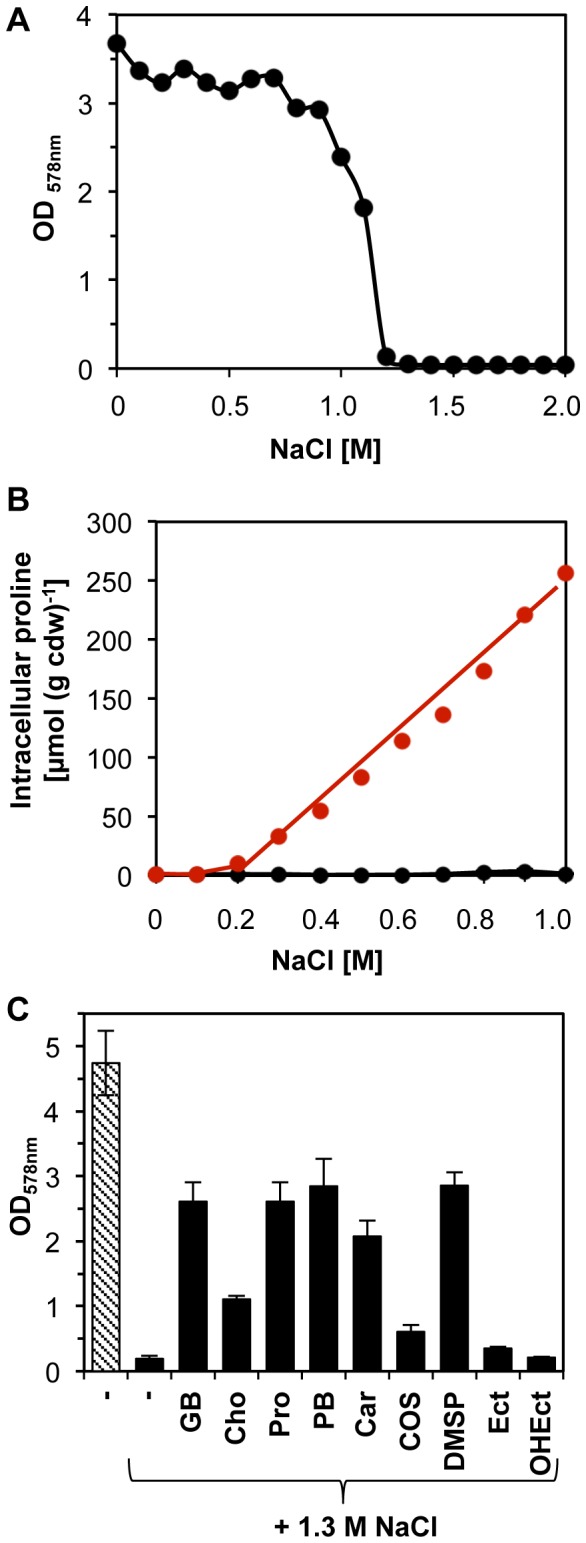Figure 1. Growth yields, proline production and osmoprotection of B. licheniformis DSM 13T by compatible solutes.

(A) Cultures of B. licheniformis DSM13T were grown at 37° C in SMM with glucose as the carbon source in the presence of the indicated NaCl concentrations. Growth yields of the cultures (as assessed by measuring the OD578) were determined after 14 h of incubation. (B) Proline content of osmotically stressed B. licheniformis DSM 13T cells. Cultures were grown in SMM with the indicated salinities either in the absence (red symbol) or in the presence (black symbol) of 1 mM of the osmoprotectant glycine betaine to an optical density (OD578) of approximately 2. The proline content of the cells was determined by HPLC analysis. The data shown represent one typical experiment. (C) Salt-stress protection of B. licheniformis DSM 13T by exogenously provided compatible solutes. Cultures of B. licheniformis DSM 13T were grown in SMM either in the absence (hatched bar) or in the presence of 1.3 M NaCl (black bars) in the absence (-) or in the presence of various compatible solutes. GB: glycine betaine; Cho: choline; Pro: proline; PB: proline betaine; Car: carnitine; COS: choline-O-sulfate; DMSP: dimethylsulfoniopropionate; Ect: ectoine; OHEct: hydroxyectoine. The compatible solutes were added to the growth medium at a final concentration of 1 mM. Growth yields of the cultures were measured after 14 h of incubation at 37 °C in a shaking water bath. The data shown were derived from two independently grown cultures.
